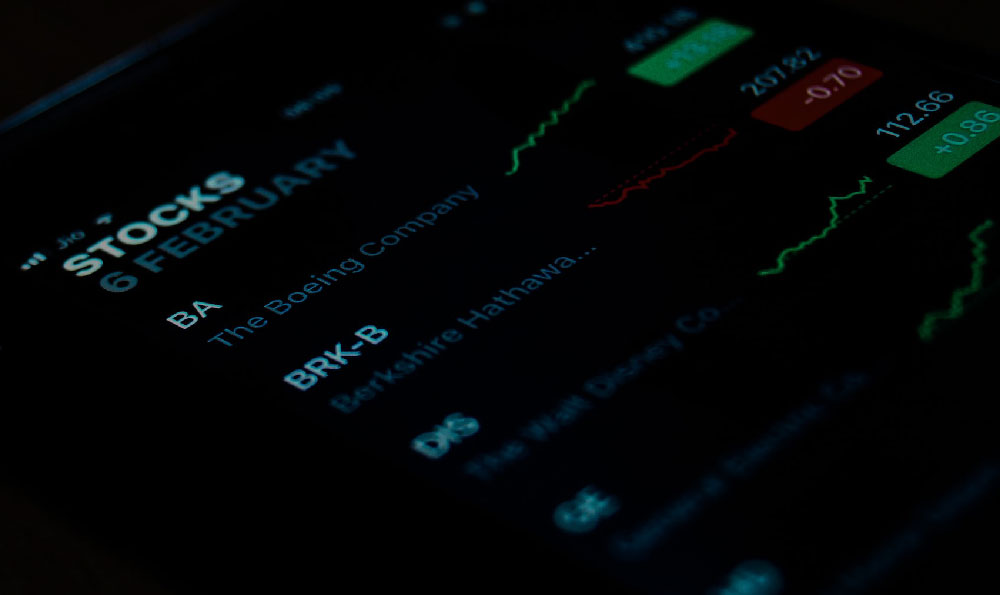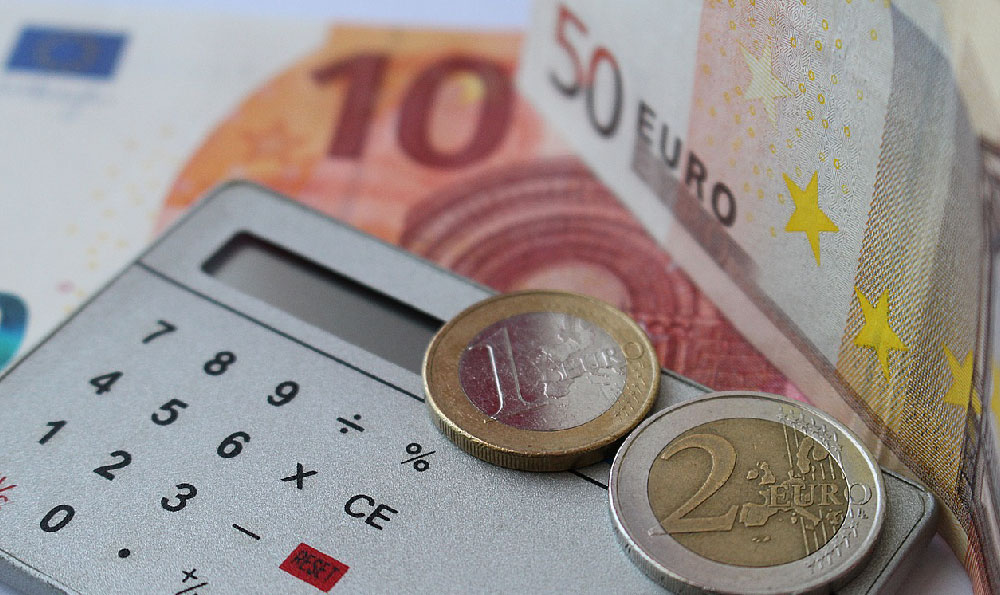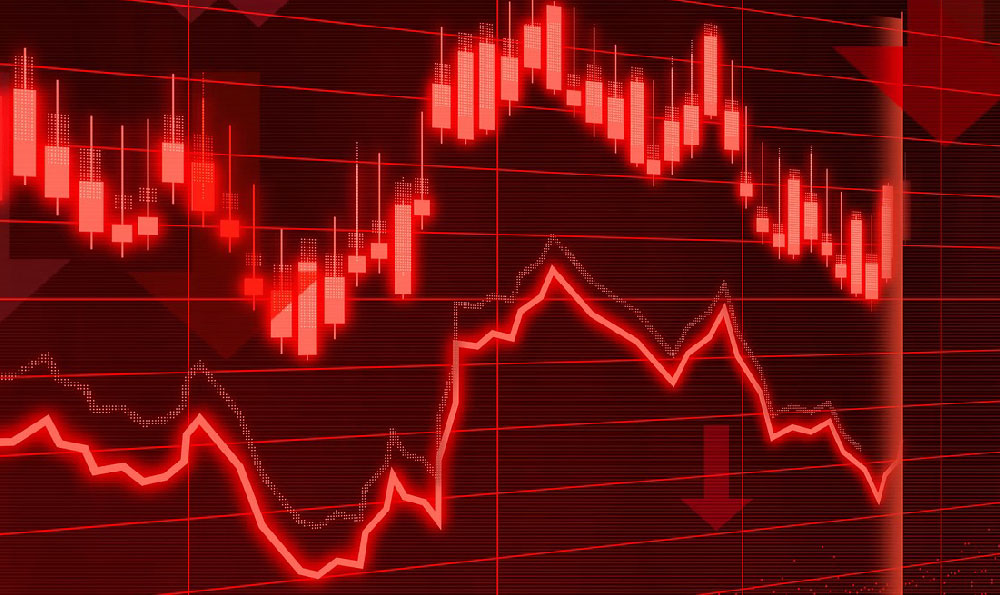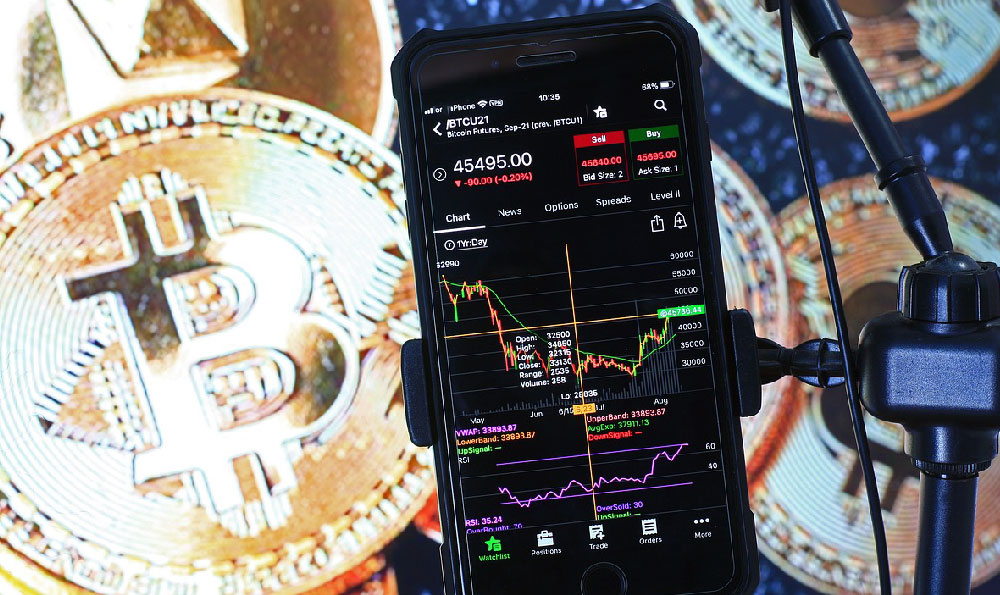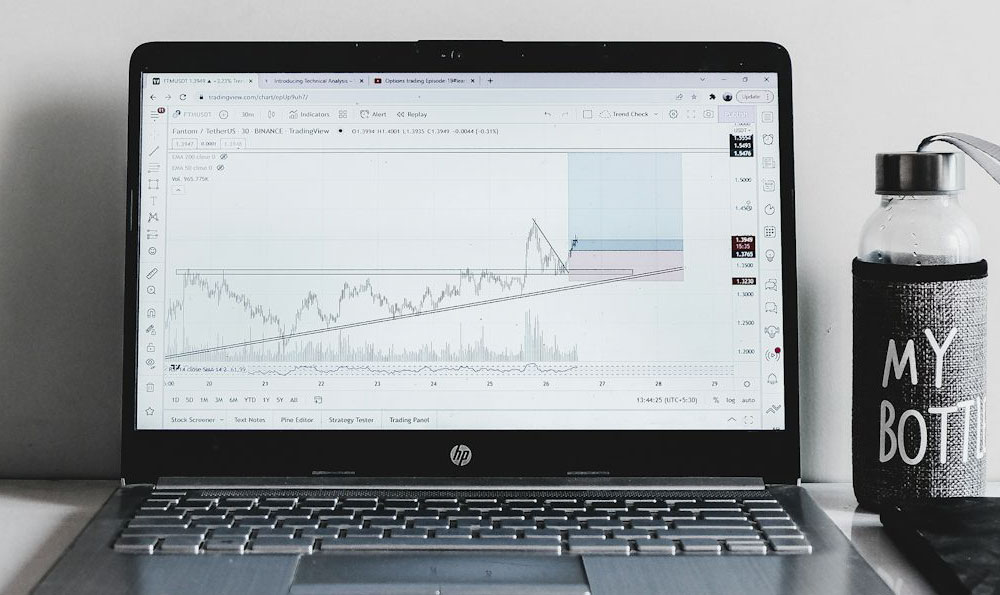The allure of luxury transcends mere functionality; it embodies status, craftsmanship, and enduring value. Rolex, a name synonymous with horological excellence, often finds itself in discussions extending beyond its timekeeping capabilities and venturing into the realm of investment. So, the question lingers: Are Rolex watches truly a sound investment, or are they merely expensive accessories?
The answer, as with most investment inquiries, is nuanced and depends heavily on various factors. It’s crucial to discard the notion that all Rolex watches automatically appreciate in value. While the brand enjoys immense prestige and recognition, turning a Rolex into a guaranteed profit requires careful consideration and a degree of market knowledge.
Several factors contribute to a Rolex's potential investment value. Scarcity is paramount. Limited edition models, discontinued lines, and watches with unique historical significance often command a premium on the secondary market. The Daytona, particularly those with specific dial variations or from certain production years, is a prime example. The inherent demand far outweighs the supply, driving prices upwards. Similarly, vintage Rolex models, especially those in excellent condition and with original parts, are highly sought after by collectors. Their rarity and historical importance elevate their value beyond their initial retail price.
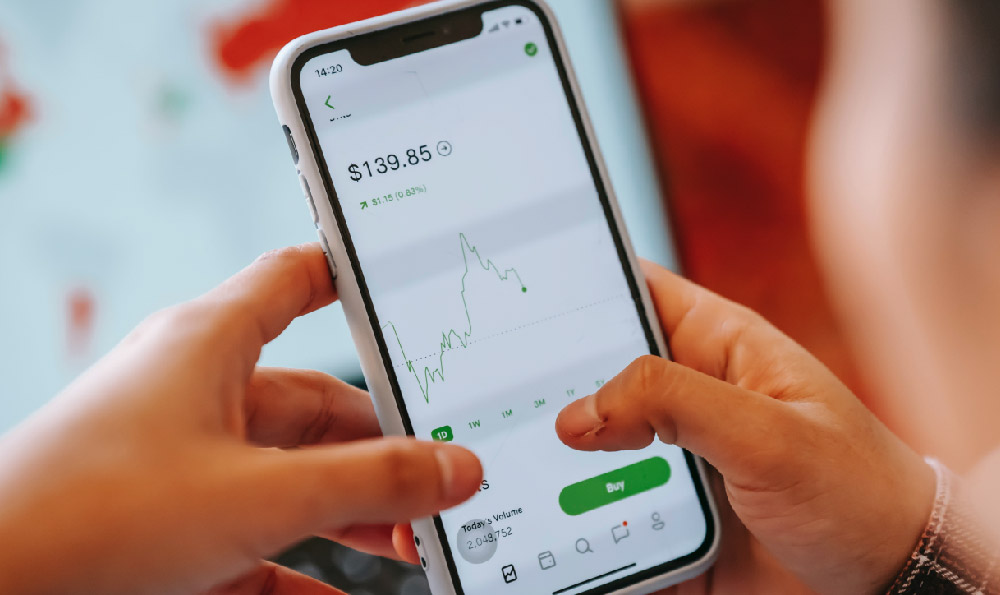
The condition of the watch is also crucial. A Rolex in pristine condition, with its original box, papers, and service records, will always fetch a higher price than a comparable model that has been heavily worn or lacks documentation. Maintaining the watch’s originality is vital; replacing original parts with aftermarket components can significantly diminish its value in the eyes of collectors. Regular servicing by authorized Rolex technicians is recommended, not only to ensure the watch's functionality but also to preserve its long-term value.
Market trends play a significant role in determining a Rolex's investment potential. Economic conditions, fashion trends, and collector preferences can all influence demand and, consequently, prices. For example, the popularity of stainless steel sports models has surged in recent years, leading to substantial price increases for models like the Submariner, GMT-Master II, and Explorer II. Keeping abreast of these trends through research, industry publications, and engagement with collector communities is essential for making informed investment decisions.
However, the Rolex investment landscape is not without its pitfalls. The prevalence of counterfeit watches is a major concern. Unscrupulous individuals often attempt to pass off fake Rolexes as genuine articles, deceiving unsuspecting buyers. Thoroughly authenticating a watch before purchase is crucial. This can involve seeking expert opinions from reputable dealers or utilizing authentication services that specialize in luxury watches.
Another risk lies in the volatility of the secondary market. Prices can fluctuate based on various factors, including economic downturns, changes in collector preferences, and the introduction of new models. While some Rolexes may appreciate significantly over time, others may experience only modest gains or even depreciate in value. Predicting market trends with certainty is impossible, making it essential to approach Rolex investing with caution and diversify one's investment portfolio.
Furthermore, the emotional aspect of owning a Rolex should not be ignored. Many individuals purchase Rolex watches for personal enjoyment, appreciating their craftsmanship, design, and history. While the potential for appreciation is a welcome bonus, it should not be the sole reason for buying a Rolex. Treating a Rolex solely as an investment can lead to disappointment if market conditions change or the watch fails to appreciate as expected.
The cost of ownership is another factor to consider. Rolex watches require regular servicing to maintain their functionality and appearance. These services can be expensive, adding to the overall cost of owning a Rolex. Additionally, insuring a Rolex against theft or damage is highly recommended, further contributing to the expense.
Finally, it's crucial to remember that investing in Rolex watches requires patience and a long-term perspective. While some individuals may experience quick profits, most Rolexes appreciate in value over several years or even decades. Treat it as a medium- to long-term investment, not a get-rich-quick scheme.
In conclusion, while Rolex watches can be a sound investment, it's not a guaranteed path to financial success. Careful research, diligent authentication, and a long-term perspective are essential for maximizing the potential returns and mitigating the risks. Approach Rolex investing with a blend of passion, knowledge, and prudence, and the rewards can be both financial and personal. Ultimately, the true value of a Rolex lies not only in its potential investment returns but also in the enjoyment and satisfaction it brings to its owner.


